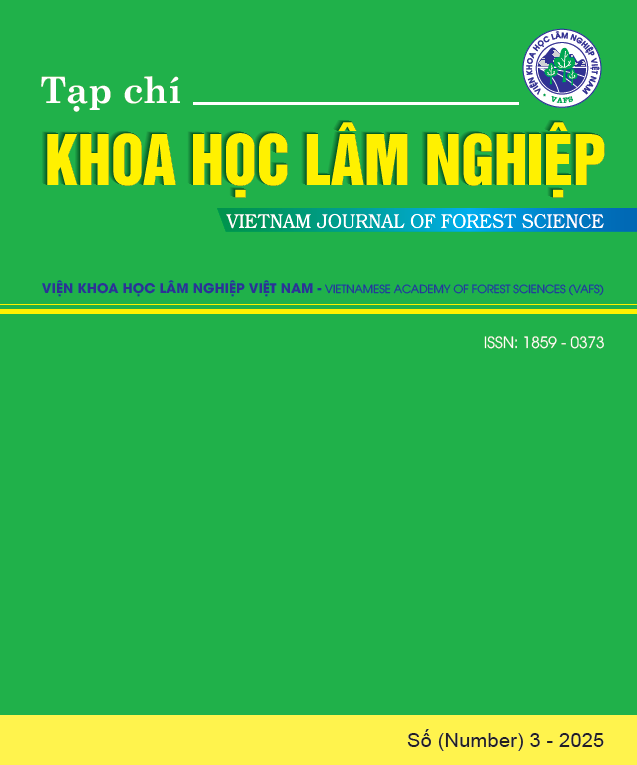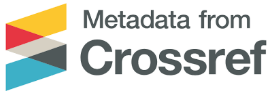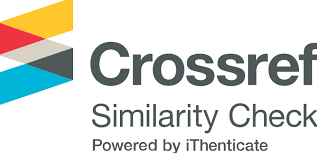RESULTS OF SELECTING PLUS TREES OF Amomum longiligulare T.L.Wu IN THE NORTHEAST, SOUTH CENTRAL, AND CENTRAL HIGHLANDS REGIONS OF VIETNAM
DOI:
https://doi.org/10.70169/VJFS.996Keywords:
Selection of plus plants, Amomum longiligulare, Northeast region, South Central region, Central Highlands, fruit yield, essential oil contentAbstract
Amomum longiligulare T.L.Wu, a high economical value non-timber forest species, is used in traditional medicine in Asian countries. The seeds of A. longiligulare are used to treat digestive disorders, high blood pressure, high cholesterol levels... Additionally, with its spicy flavor and fragrant aroma, the seeds are used as a spice in food processing. The essential oil of A. longiligulare is used in the cosmetics industry, especially for perfume production. Currently, A. longiligulare is widely cultivated across the country and is considered a crop that helps alleviate hunger and reduce poverty in many regions. However, the yield and quality of the fruit are not high due to the lack of improved varieties to meet production needs. Therefore, selecting dominant A. longiligulare trees with high fruit yield and essential oil content is both practical and aligned with the needs of production. Building on the selected A. longiligulare plantations for dominant tree selection are those over 6 years old, concentrated, and exhibiting good growth and development, meeting the criteria for selecting dominant trees in 12 districts of the Northeastern, Central Coast, and Central Highlands regions. From these plantations, 80 officially dominant trees were selected, with fruit yields ranging from 0.07 - 0.22 kg/tree, and productivity exceeded the average plantation by 14.29 -175.00%. The essential oil content in the seeds ranged from 2.03 - 3.05%, with an average of 2.58%, surpassing the standards outlined in the Vietnamese Pharmacopoeia V (2017), with an average overshoot of 72.19%.
References
1. Bộ Y tế, 2017. Dược điển Việt Nam V, tập 2, NXB Y học, Hà Nội.
2. Bộ Y tế, 2019. Danh mục 100 loài cây dược liệu có giá trị y tế và kinh tế cao để tập trung phát triển giai đoạn 2020 - 2030 kèm theo Quyết định số 3657/QĐ-BYT, ngày 20 tháng 8 năm 2019 của Bộ Y tế.
3. Nguyễn Tập, 2007. Sa nhân tím. Nxb Lao động, 56 trang.
4. Tiêu chuẩn Quốc gia TCVN 7039:2013 (ISO 6517:2008) về gia vị và thảo mộc - Xác định hàm lượng dầu dễ bay hơi (phương pháp chứng cất bằng hơi nước).
5. Võ Văn Chi, 1999. Từ điển cây thuốc Việt Nam, NXB Y học, Hà Nội.
6. Lê Trần Đức, 1997. Cây thuốc Việt Nam, NXB Nông nghiệp, Hà Nội.
7. Trung tâm Nghiên cứu Lâm sản ngoài gỗ, 2019. Cẩm nang hướng dẫn kỹ thuật trồng và thu hái Sa nhân tím bền vững theo hướng đạt chuẩn









